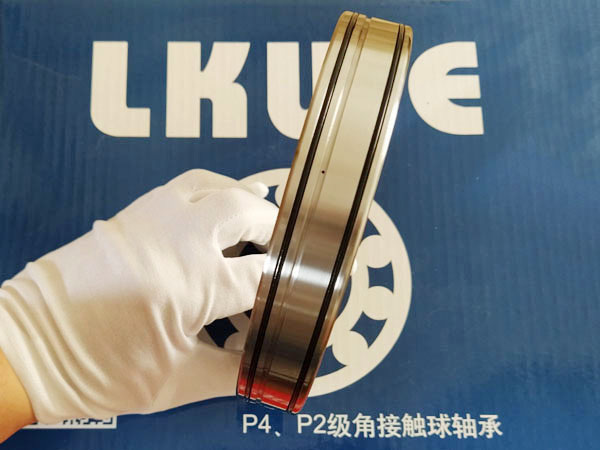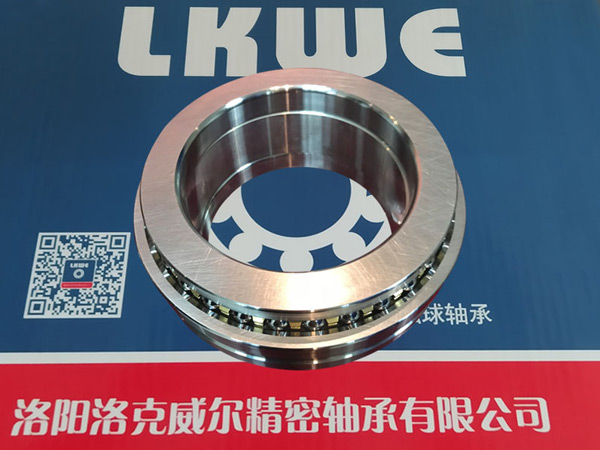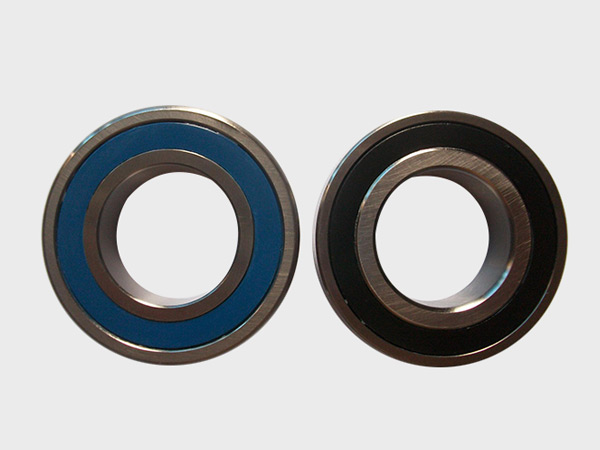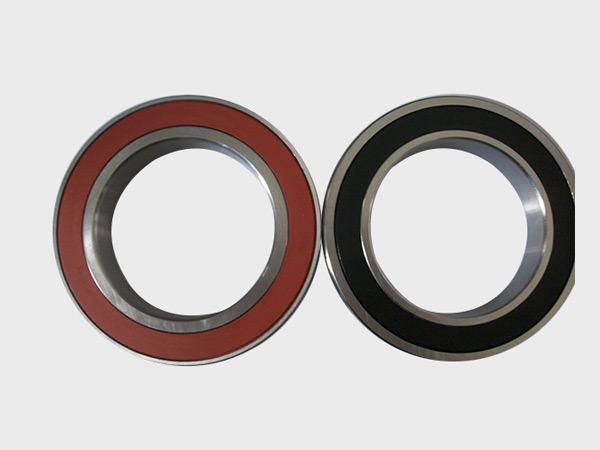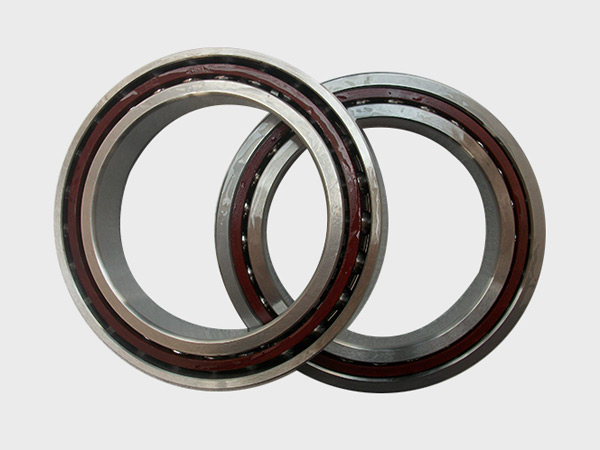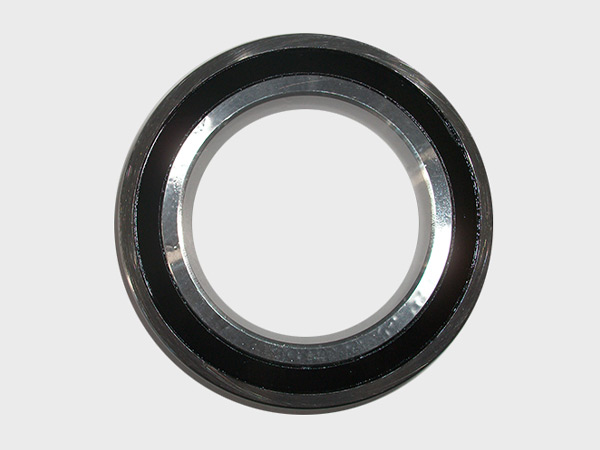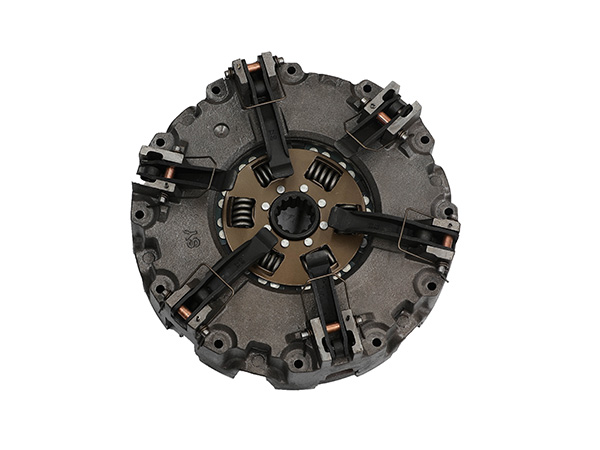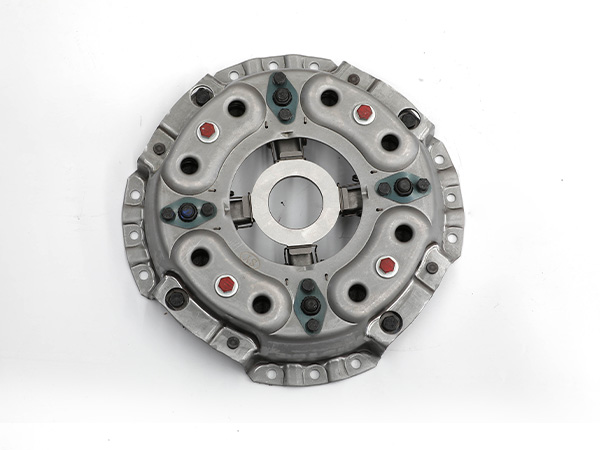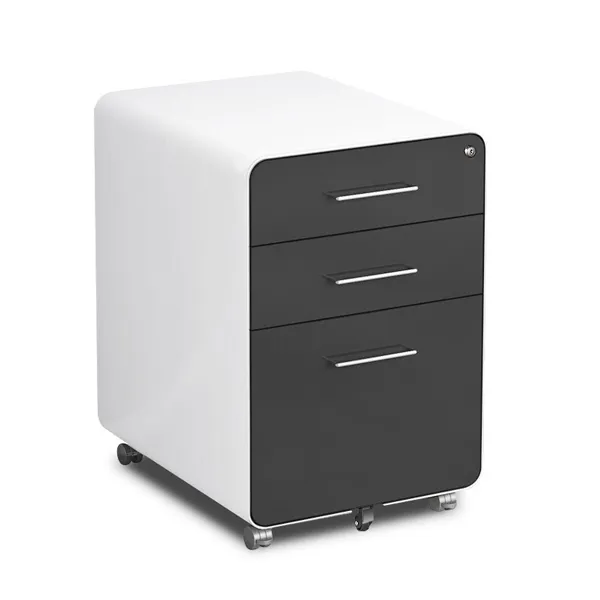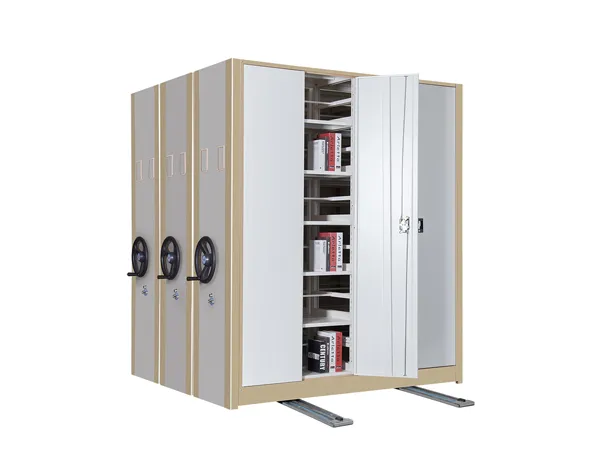A vibrating screen is a mechanical equipment used for separating materials into smaller-sized fractions or removing impurities. It consists of a screen mesh, which is a surface with openings of specific sizes, through which materials pass when subjected to vibration. Vibrating screens find applications in various industries, including mining, construction, agriculture, and recycling.
Components of a Vibrating Screen
Screen Mesh:
The screen mesh is a critical component with openings that determine the size of particles passing through. Different types of screen meshes, such as woven wire mesh or perforated plates, may be used based on the application.
Vibrator Motors:
Vibrating screens are equipped with one or more vibrator motors that generate the vibratory motion. These motors are mounted on the sides or underneath the screen deck.
Screen Deck:
The screen deck is the surface on which the material is placed for screening. It can have one or multiple layers, each with a different mesh size.
Support Structure:
The support structure provides stability and ensures proper alignment of the vibrating screen components. It may include a frame, springs, and other structural elements.
Drive Unit:
The drive unit is responsible for generating the necessary vibration to move the screen. It typically includes an electric motor, an eccentric shaft, and a set of gears.
Working Principle
The vibrator motors generate vibratory motion, causing the screen deck to vibrate. This vibration moves the material along the screen surface and separates particles based on size or other characteristics. The inclination and amplitude of the vibrating screen can be adjusted to optimize the screening process for specific applications.


